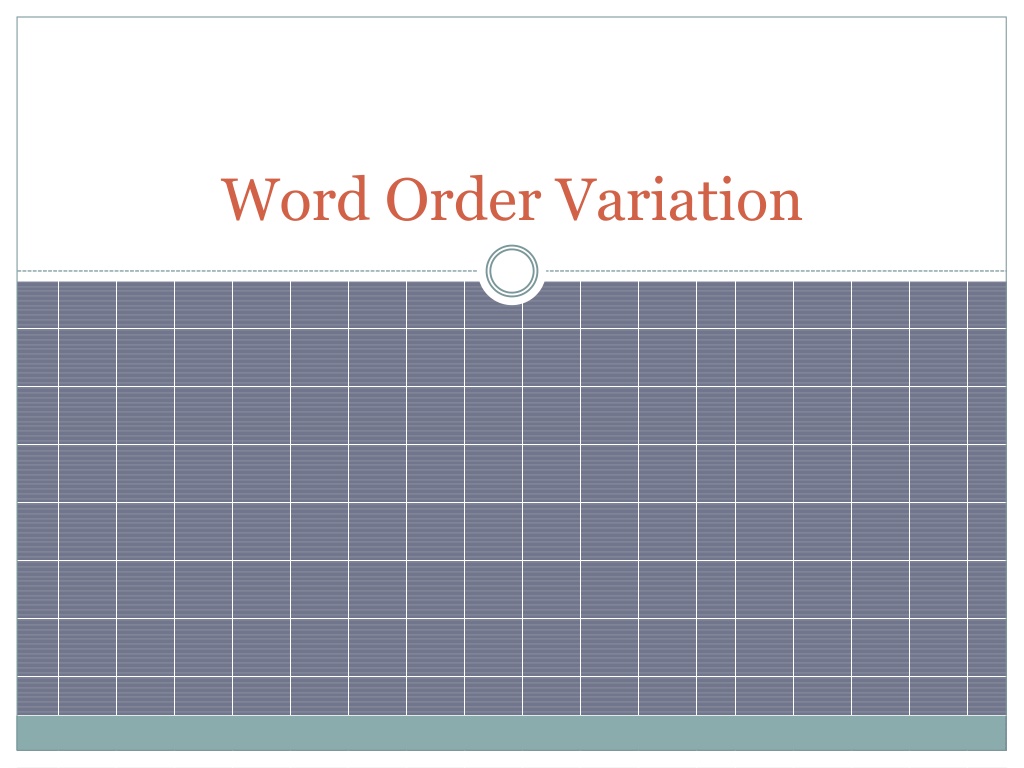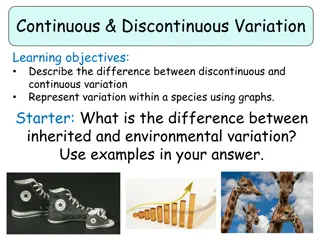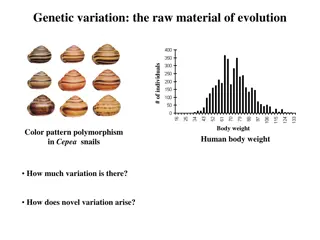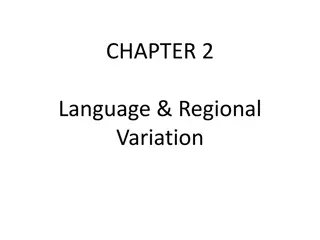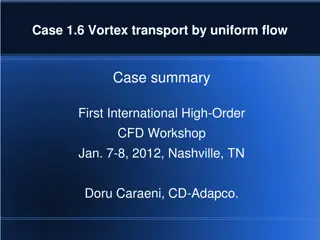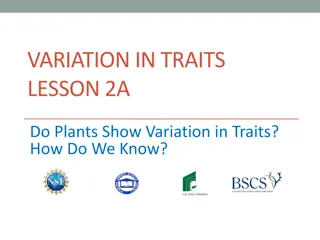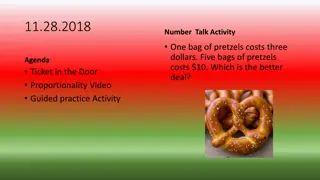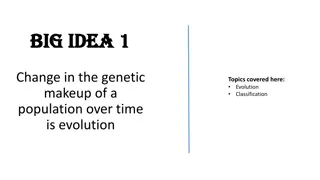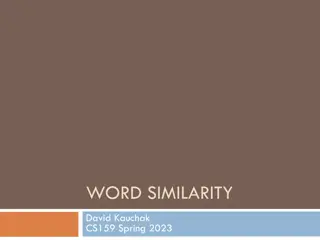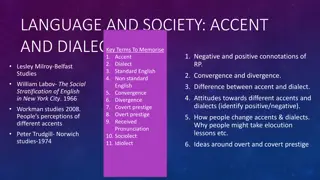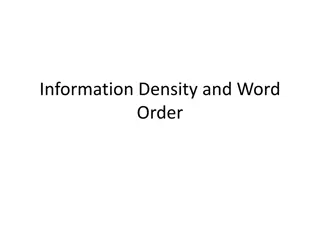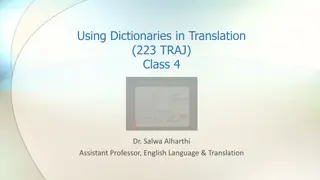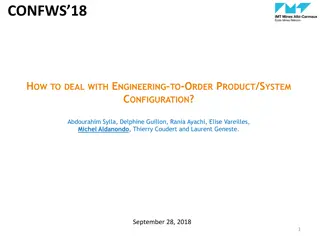Understanding Word Order Variation in Language
Explore the concept of word order variation in language, focusing on themes and rhemes. Learn how the word order can be varied and the reasons behind such variations. Discover methods to achieve variation, including thematization and it-cleft structures. Delve into examples illustrating themed reordering and the movement of elements in sentences for emphasis and clarity.
Download Presentation

Please find below an Image/Link to download the presentation.
The content on the website is provided AS IS for your information and personal use only. It may not be sold, licensed, or shared on other websites without obtaining consent from the author. Download presentation by click this link. If you encounter any issues during the download, it is possible that the publisher has removed the file from their server.
E N D
Presentation Transcript
What do a theme and a rheme refer to? A theme is given information. It is the first constituent in the clause. A rheme is new/newsworthy information.It is the focus of attention in a message. Ex: His name is John. John his name is.
Can the word order be varied? The word order (the sentence pattern) in E and A is not fixed. It van be varied. This case is called word order variation. What is the reason of such variation? It is used for thematic reordering. A theme is given information.This means an element of a sentence is moved from an unmarked ordering into a marked position.
How can variation be achieved? 1. the use of prosodic devices such as stress and intonation. 2. the use of syntactic stategies,such as: Thematization It-cleft Wh-cleft Passives There-constructions extraposition
thematization It is the acheivemnet of marked theme by moving into intial position an item which is otherwise unsusal there. It is realized for realizing fronting and postponemnt.Fronted elemnts can be subjects, objects, adverbials, commplents, nominal clauses
thematization The sentence Fronted elements John his name is Your letter I haven t yet Complement Object Adverbial Complent Adverbial received. Children,I can t bear them. Here comes the bus. Nominal clause And very clever he is too
It-cleft In this process, a sentence is clefted into two parts: given informatiion and new information.It is
